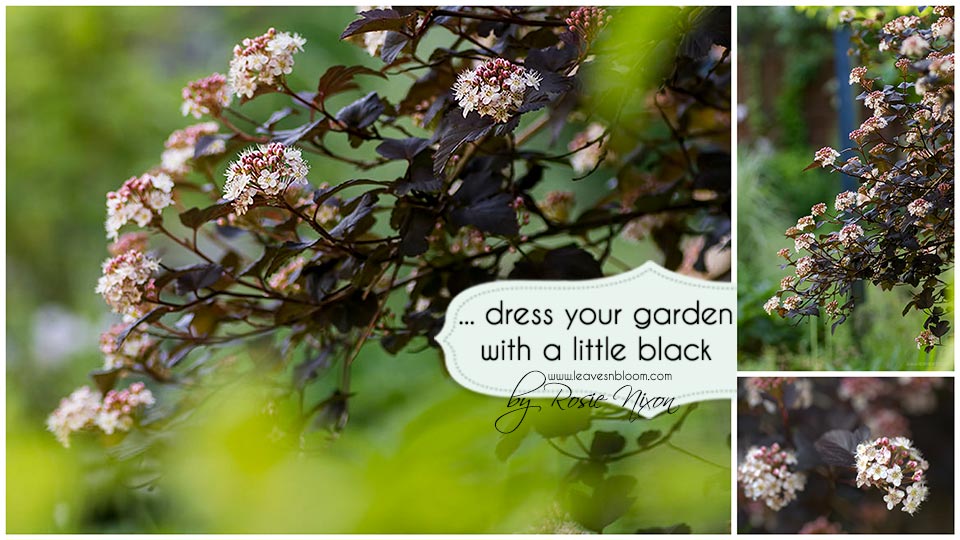
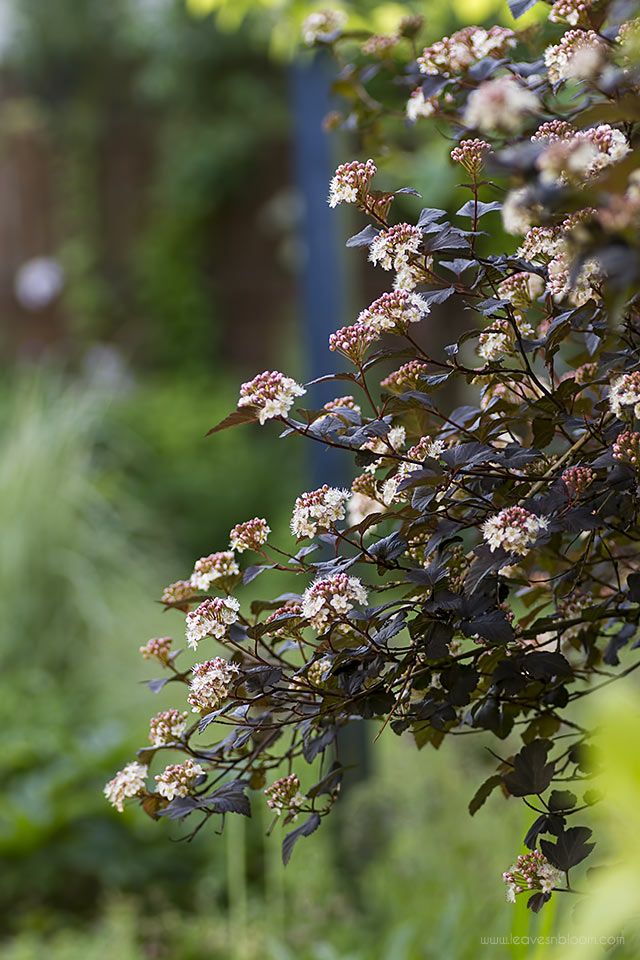
All of us ladies have a timeless little black dress in our wardrobe; it's versatile and perfect for so many occasions; there's always a style to flatter no matter what our shape and size. It's just the same with almost black foliage and flowering plants. They're useful in the garden; they add a touch of glamour; and there are many to choose from no matter what the size of your garden.
Sophisticated Black Plants
Here's a list of what I've grown over the years in the garden that fits that 'Sophisticated Black' look.
- Heuchera 'Obsidian'
- Tulipa x darwin ‘Queen of the Night'
- Ophiopogan planiscapus 'Nigrescens'
- Viola tricolor 'Molly Sanderson'
- Sedum 'Purple Emperor'
- Sambucus nigra 'Black lace'
- Physocarpus opulifolius 'Diablo'

If you only have room for one large almost black leaved shrub I'd recommend Physocarpus opulifolius 'Diablo' as it has quite a few seasons of interest and it's easy to grow.
Back in 1968 Gunter Kordes and Hans Schadendorf from Kordes Nursery found 12 dark leaved physocarpus plants growing amongst 120,000 dull green Physocarpus opulifolius shrubs in a trial field near Hamburg in Germany. All dark leaved physocarpus shrubs that are available commercially these days originate from these 12 plants. The dark leaves are due to the high amount of anthocyanins (red, black, blue pigments) in the plant tissue. David Clarke (former MD of Notcutts and holder of the prestigious RHS Victoria Medal of Honour) brought 3 of those original plants back to the UK to propagate from.
...and so our story begins. You'll find this shrub named as either Physocarpus opulifolius,'Diablo', 'Monlo' or 'Diabolo' though the latter trade mark name is the correct one. In my case I bought it sold as 'Diablo'.
How to Grow
- The dark leaved Physocarpus is a deciduous shrub with arching stems which will reach an ultimate height of around 8-10 feet and spread of around 6 feet. Don't let its size put you off as it responds well to pruning and rejuvenates easily from the base of the shrub.
- It's also a very forgiving plant and if you've discovered that you've planted it in the wrong location it doesn't mind being moved in the winter while it's dormant. Just don't do it when the soil is waterlogged or frozen.
- It has a nice vase like shape which means that it's a good stand alone shrub in the border. The RHS website says that it suckers but so far in all the years its grown in my garden I've never noticed any suckering.
- It also doesn't seem to be prone to attack from pests and diseases.
- I grow it to contrast with my late summer flowering heleniums and yellow bronze fennel flowers. While in early summer it compliments the very dark purple and green foliage from the neighbouring Geranium phaeum 'Sambor' - the Mourning Widow.
- It's not the quickest shrub to leaf out in the spring time and sometimes it's been late May / early June before the leaves have appeared.
Growing in my Garden
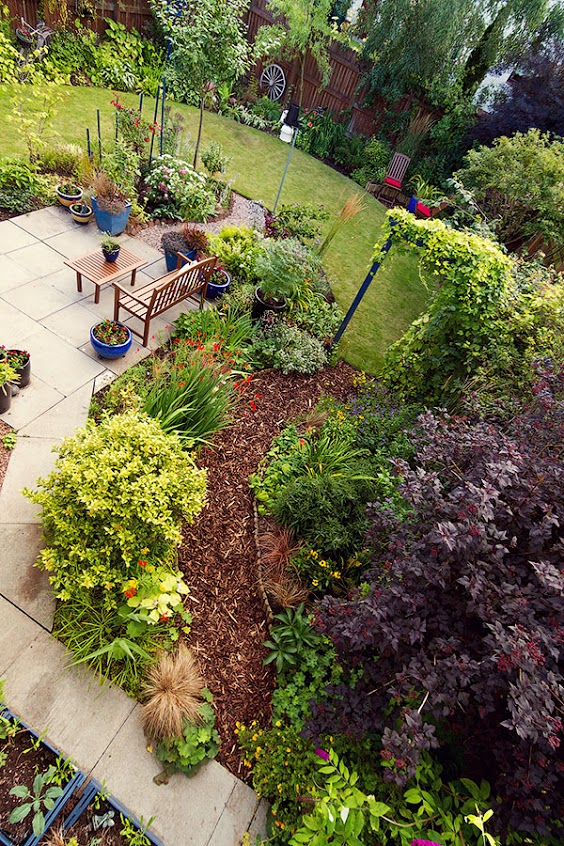
Hardiness
It's a tough, hardy and resilient plant. It came through both of our harshest cold winters a few years ago unscathed and it's listed as 7 in the new RHS hardiness ratings (hardy to -45 °F USDA Zones 2-7). You can't get hardier than that! Not only can it cope with cold gardens but it can also cope with warm ones too as the common Physocarpus opulifolius is a native plant from the USA.
Pruning
You can prune the shrub after flowering if it gets too big for it's allotted space as it flowers on the previous years growth. You don't want to prune too late in the season as you'll be cutting off next years flowers. I've never cut back the height of the shrub and so far I've only pruned one old arching stem back down to the ground to restrict the width.
Interest Throughout The Seasons
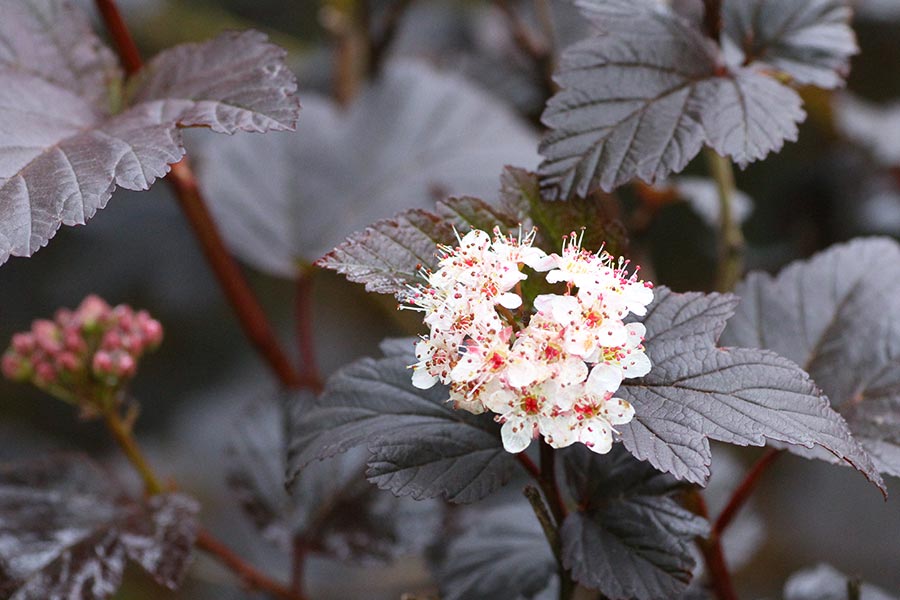

Flowering
In the late spring it has young greenish bronze leaves that mature to a deep dark purple colour. Then by the middle of June it produces masses and masses of clusters of creamy white cup shaped flowers.
What a contrast in colour that is!
Pollinators
I can't say if this cultivar is a great source for pollinators - the bees visit the flowers but I don't think it would be one of the most popular flowers to visit unlike some of the others in the garden. Many new cultivars are bred more for their ornamental interest rather than their wildlife attraction so I'll have to watch it more closely this coming year. I've read that over in the USA the hummingbirds are attracted to the flowers.
Soil Requirements
The shrub prefers an acid soil or one that's moderately alkaline. It needs a loamy soil that doesn't dry out too quickly in the summer.
Make sure you keep an eye on it during it's first summer as it can wilt quite easily.
Ornamental Seed heads


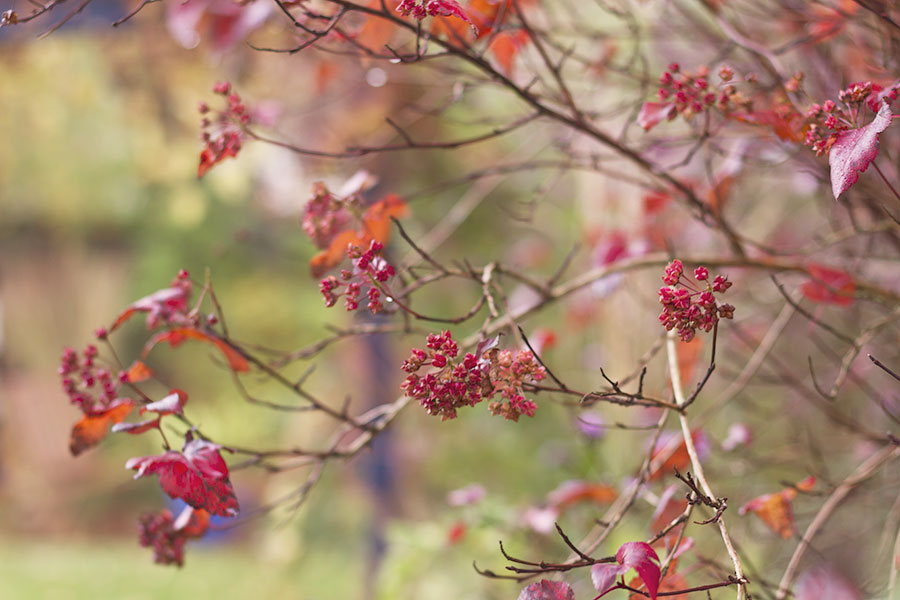
Autumn Foliage
For me my favourite time of the year for this shrub is during the autumn. Mine grows in a westerly position which is the perfect location for showing off all it's autumn foliage. When the afternoon autumn sunlight hits the leaves I can see burnished gold and orange leaves from my kitchen window contrasting with it's red puckered seed heads.

If I was viewing the same plant from a different position I wouldn't see those colours above and it would just look like the image below.


So if you're going to plant this shrub make sure you place it so that you can easily see the back lit leaves as the plant takes on a whole new dimension especially as the stems move in the breeze on a sunny autumn afternoon.
Ornamental Bark
Physocarpus can also give us some winter interest in the garden. If you want to have it's striated ornamental bark then just leave the stems alone. After a couple of years the older stems will thicken and the bark will start to peel away in layers of different colours.
Whether it has 9 layers of coloured bark hasn't been scientifically proved but that's how it received its common name - Ninebark.
Having so many good attributes who wouldn't want this shrub in their garden if they had the space?
Every year there seem to be more and more newer physocarpus varieties appearing commercially. If you need a smaller more compact dark leaved shrub I can also recommend Physocarpus opulifolius 'Lady in Red' though I don't grow this cultivar in the leavesnbloom garden.



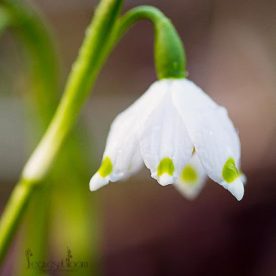
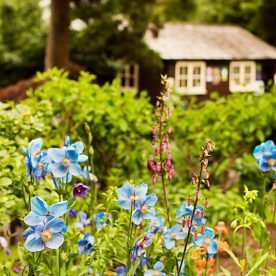
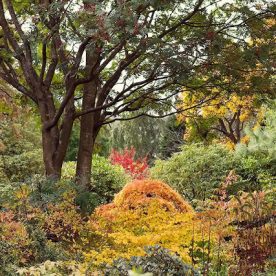
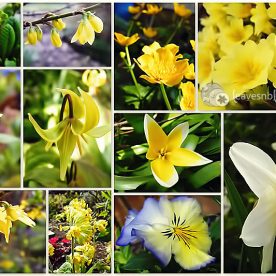
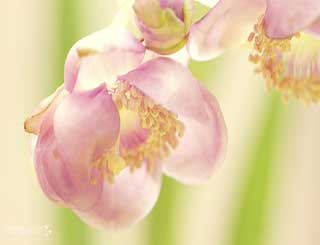
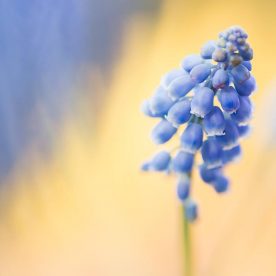
Mark and Gaz
That's a beauty Rosie that we're considering adding to our garden! And the dark foliage just adds that extra depth too.
Rosie Nixon
Mark and Gaz when I was writing this I was wondering if you had this growing in your garden! There are quite a few newer varieties now so happy physocarpus shopping 🙂
A Garden of Threads
I have that same Physocarpus in my garden as well as the native green leaf one. This one can get powdery mildew on very humid years but other then that it is very tough and grows well in my sandy soil.
Rosie Nixon
You'd really notice the mildew too with the dark leaves, thanks for dropping by Jen.
Pam's English Garden
I love your 'Little Black Dress' analogy, Rosie, and Christopher Lloyd's term. I have the heuchera creating a black hole, but for some reason didn't think of moving it until you mentioned it. I have a proclivity for a nine bark, but Physocarpus takes up quite a bit of room and I'm not sure where I would fit it. As you say, I could keep it pruned, so maybe I'll reconsider. I just love your curved borders! P. x
Rosie Nixon
Many thanks Pam for dropping by and I think my shrub is as large as I ever want it to be now.
Eveive
like you blog!
Rosie Nixon
thank you Eveive
Carolyn ♥
Diablo is one of the favorites in my landscape and the bees here really love their sweet blooms. I have several and when they start to look overgrown I cut them down to the base in early Spring and by Summer they are quite lovely again.
Rosie Nixon
That's good to know Carolyn as Pam I'm sure has a similar summer to you.